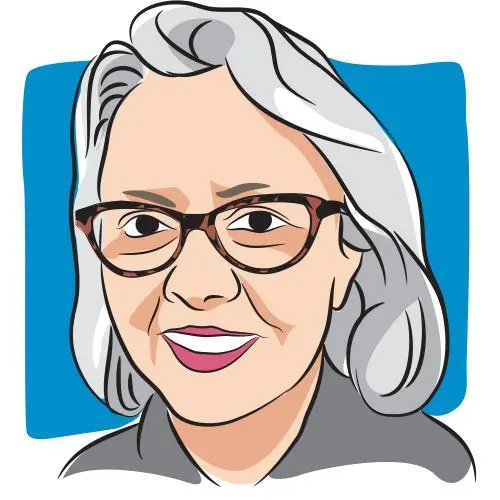Article
Early Intervention Essential for Proper Management of Lymphedema
Author(s):
Early action to diagnose and treat lymphedema after breast cancer treatment can reverse this side effect or prevent it from becoming more severe.
Early action to diagnose and treat lymphedema after breast cancer treatment can reverse this side effect or prevent it from becoming more severe. Yet, a consistent way of defining lymphedema, measuring it, and identifying those most at risk remains elusive.
While debate and research on these issues continue, clinicians should nevertheless make early education, assessment, and intervention a priority, urged Sarah McLaughlin, MD, during her presentation at a Miami Breast Cancer Symposium mini-symposium.
“Mild swelling is actually important,” she said. “If you follow these patients with mild swelling, about 50 percent will progress to a much more severe form — we need to intervene early.”
Lymphedema is a common but under-reported, long-term, chronic side effect of surgery and radiation therapy affecting approximately one in five women, said McLaughlin, an associate professor of Surgery at the Mayo Clinic in Jacksonville Florida. In addition to the negative impact on quality of life, it has financial implications as well, she noted. One study found sizeable cost savings associated with addressing breast cancer—related lymphedema (BCRL) using a prospective surveillance model (costs $636) versus managing late-stage BCRL with a more traditional approach (costs $3,124).
Beyond these numbers, most women treated for breast cancer worry about lymphedema. “They start worrying early about whether or not they are going to get it, and they are pretty persistent in the degree of worry they have,” McLaughlin continued.
“In an ideal world, we would be able to identify which of our patients are actually at risk of developing lymphedema,” she said, but the research isn’t there yet.
Even the definition of lymphedema is controversial. “When you read the studies, you have to recognize that everyone defines this differently, they quantify it differently,” and the timing of follow-up assessments also varies.
McLaughlin and colleagues conducted a study involving 120 patients who had undergone either sentinel lymph node biopsy (SLNB) or axillary lymph node dissection (ALND) to determine which group was more likely to develop lymphedema. In their analysis, they defined lymphedema as a >10 percent volume change from baseline relative to the contralateral upper extremity. Although incidence was similar between the two groups at 6 months, it was higher at 12 months — 19 percent in the ALND arm versus 3 percent in the SNLB group.1
The study also underscored two important clinical considerations in the prevention and treatment of lymphedema: upper extremity volumes fluctuate and there is a period of latency before the condition develops.
“The critical element is that these patients must have baseline and follow-up measurements,” said McLaughlin.
Other research has shown that after one year of follow-up, the rate of lymphedema in women who received an intervention involving education, manual lymphatic drainage, scar massage, and progressive range-of-motion shoulder exercises was just 7 percent compared with 25 percent in those who received education only.2
Further research to validate such intervention strategies and improve risk stratification for lymphedema is ongoing, along with studies on a potential role for surgical procedures in preventing or reversing it.
In the meantime, McLaughlin stressed the benefits of exercise, which has been shown to reduce the number and severity of exacerbations. She also urged colleagues not to overlook the importance of subjective clinical assessment alongside consistent application of recommended objective measurements. Citing a case from her own practice where a woman with normal arm measurements and bioimpedance still had noticeable isolated swelling in her right hand, she said, “clinicians can’t rely on these factors in the absence of examining the patient.”
References
1. McLaughlin SA, Bagaria S, Gibson T, et al. Trends in risk reduction practices for the prevention of lymphedema in the first 12 months after breast cancer surgery. J Am Coll Surg. 2013;280(3):380-389.
2. Lacomba MT, Sánchez MJY, Goñi AZ, et al. Effectiveness of early physiotherapy to prevent lymphoedema after surgery for breast cancer: randomised, single blinded, clinical trial. BMJ. 2010; doi: 10.1136/bmj.b5396.




